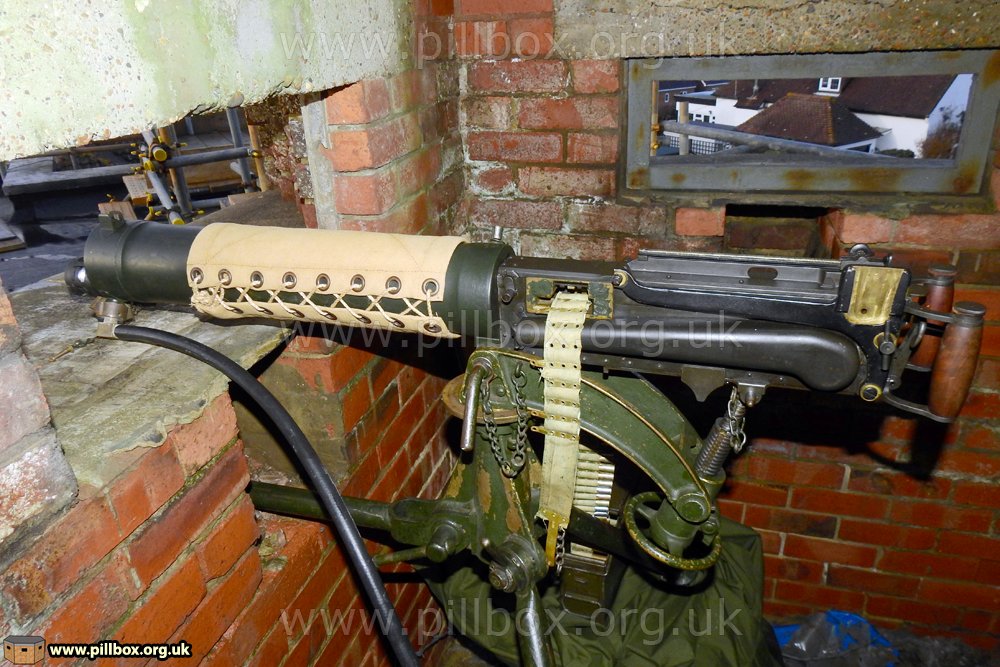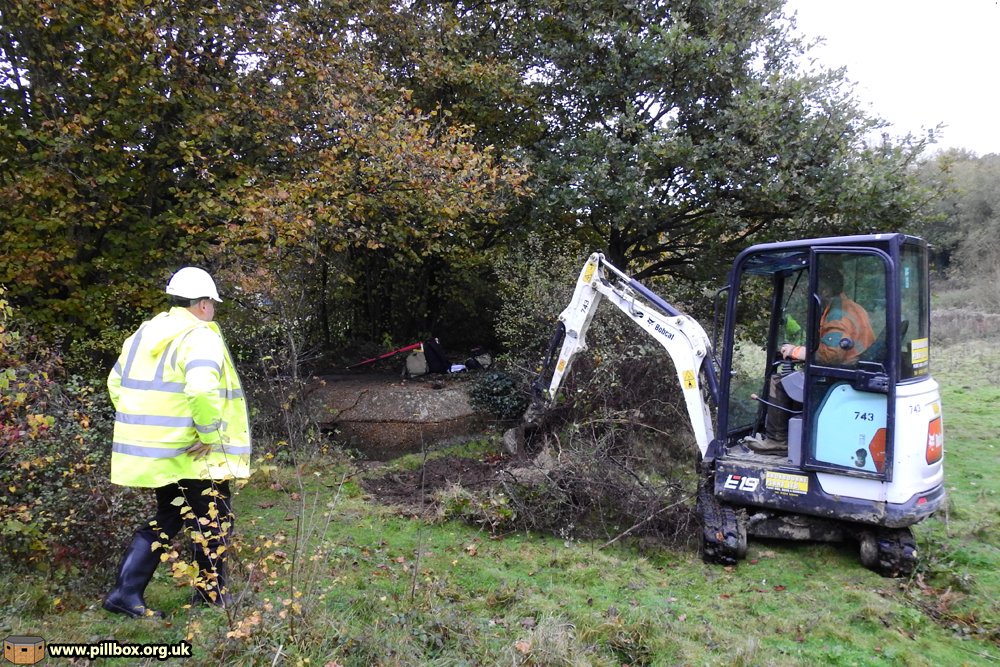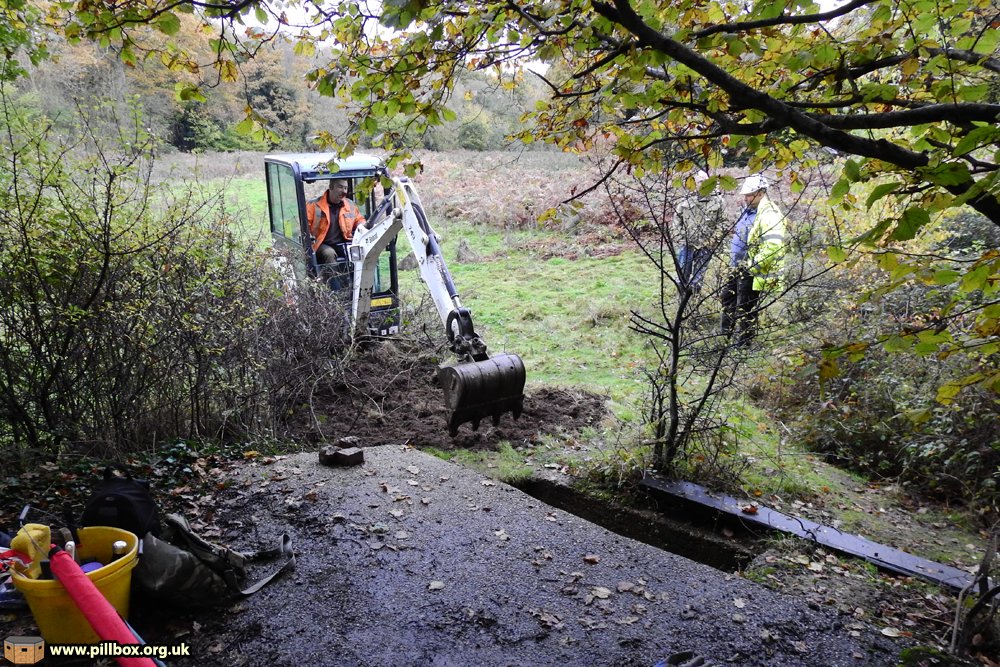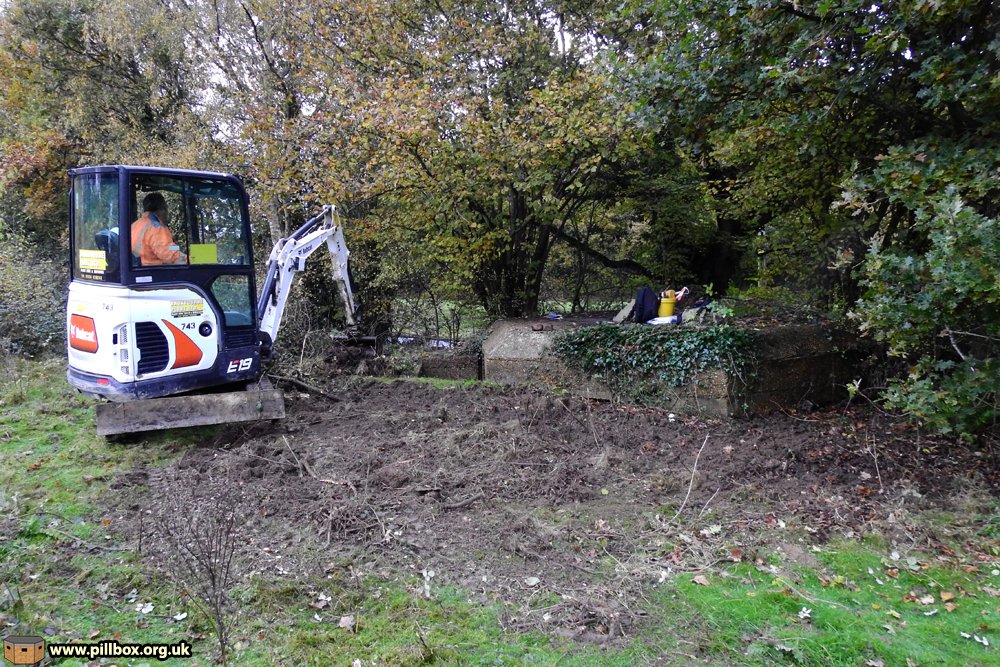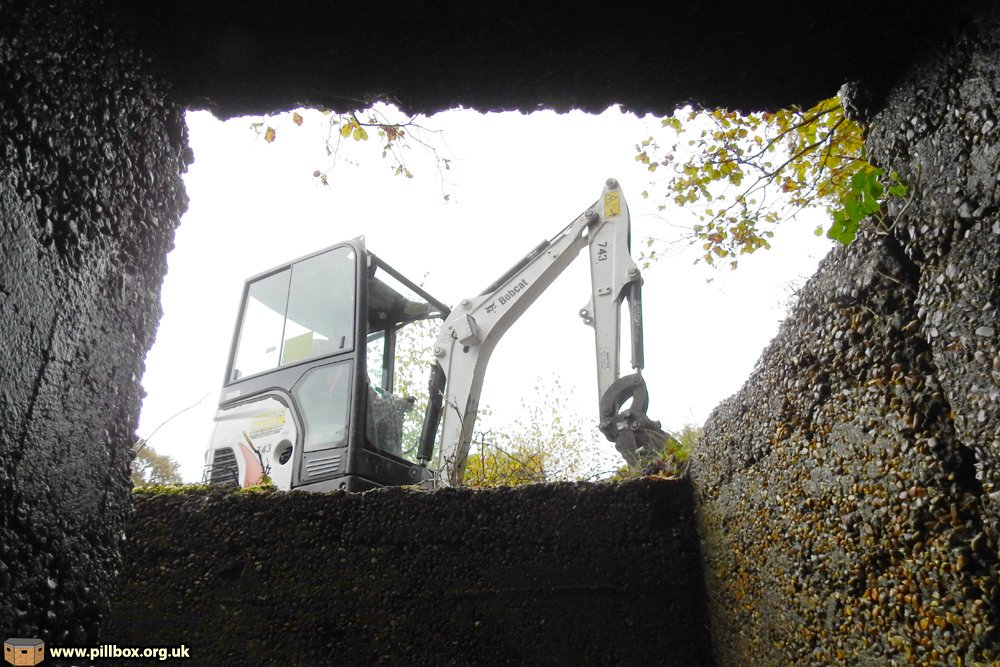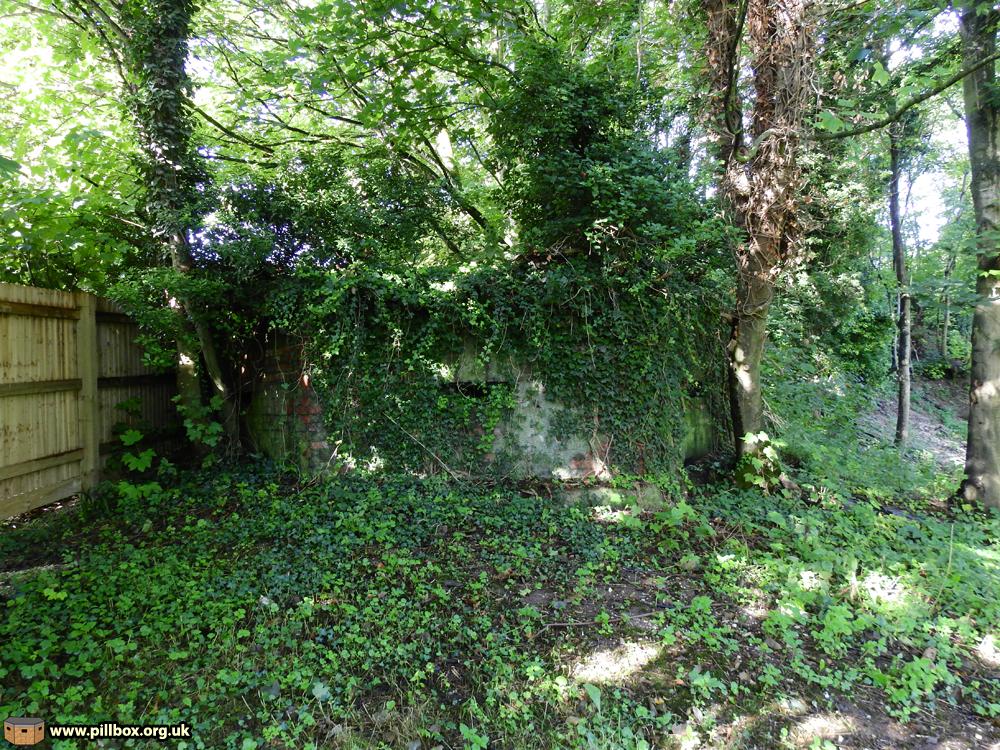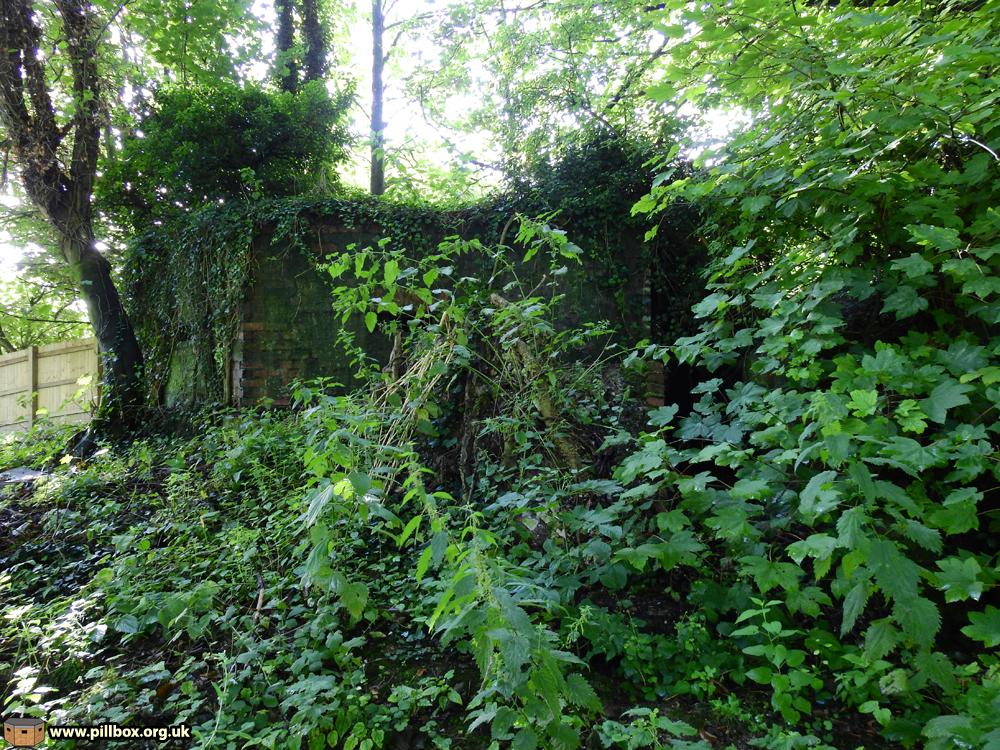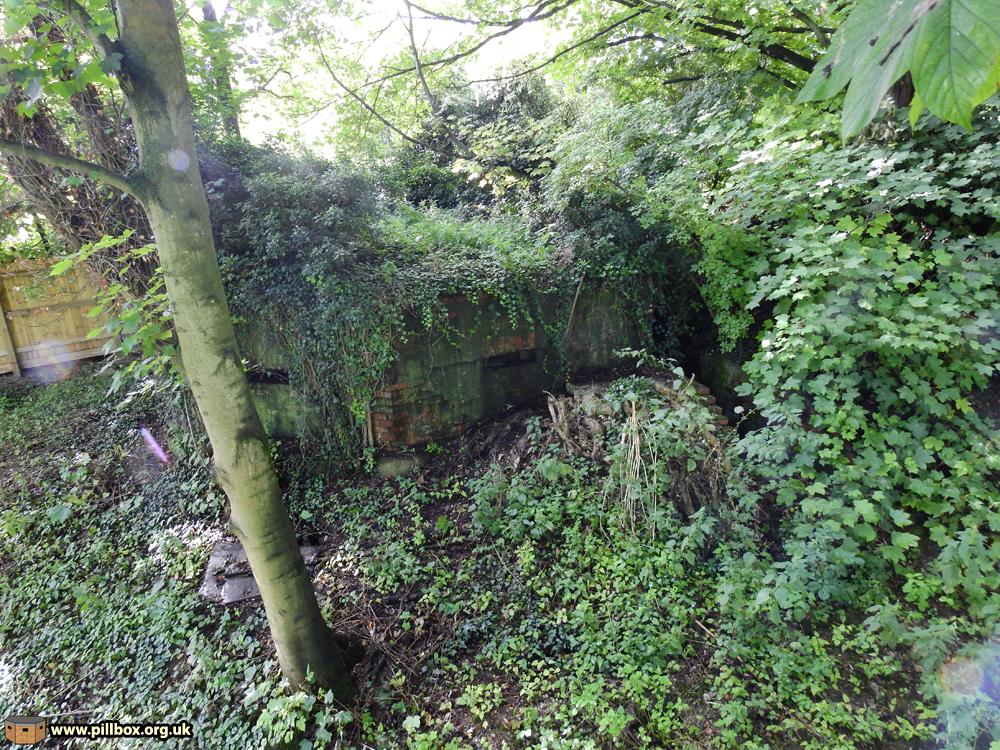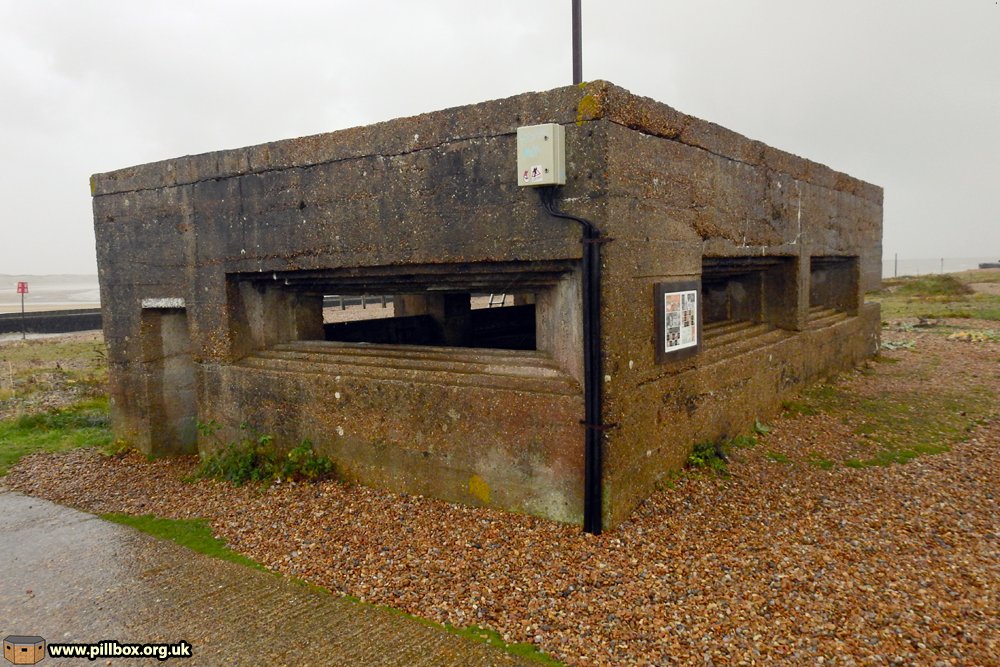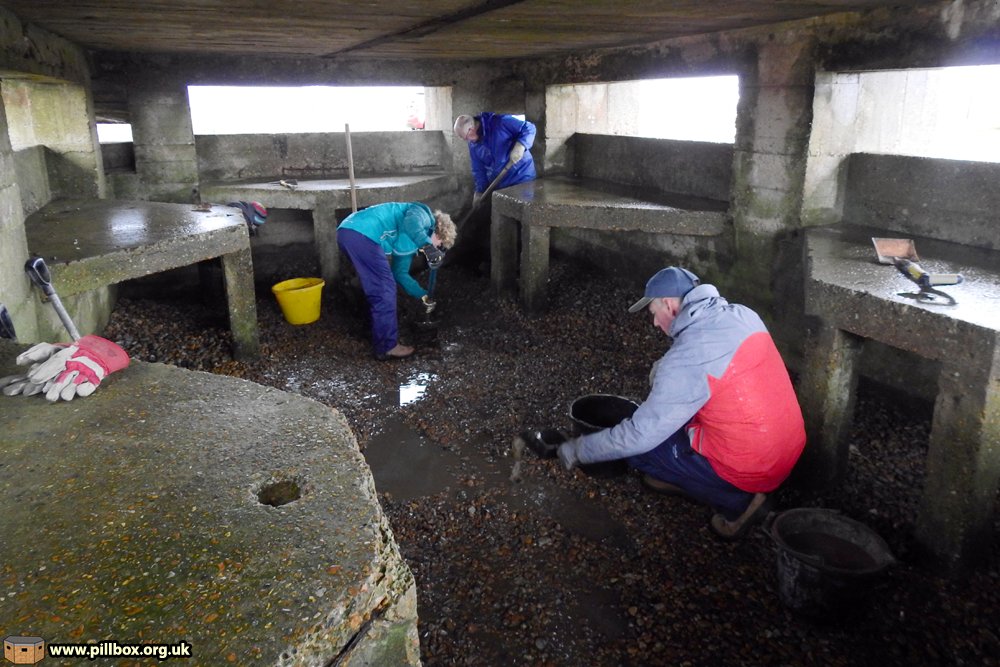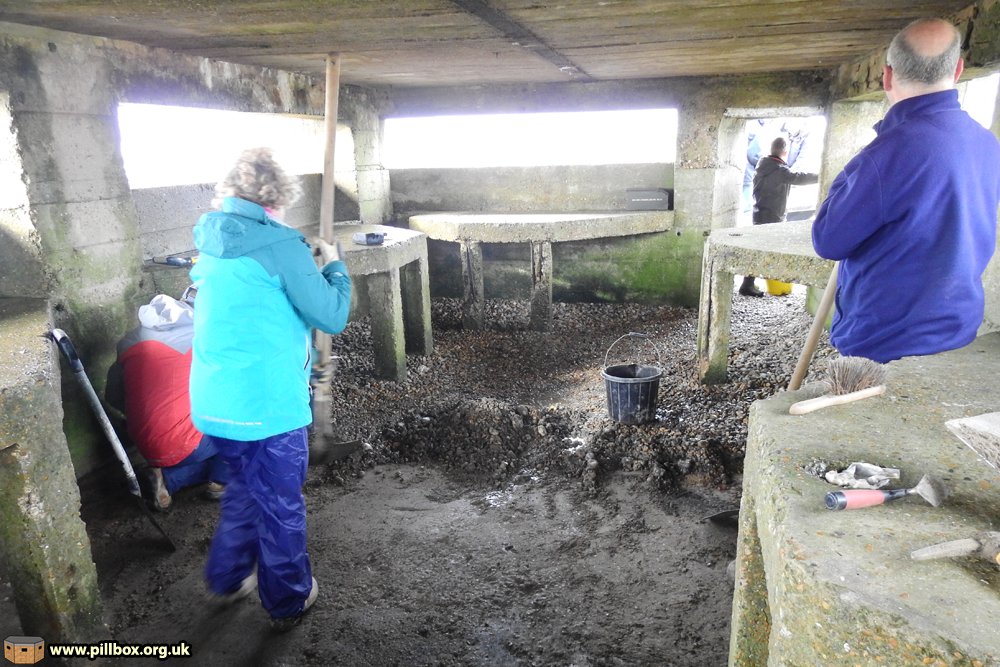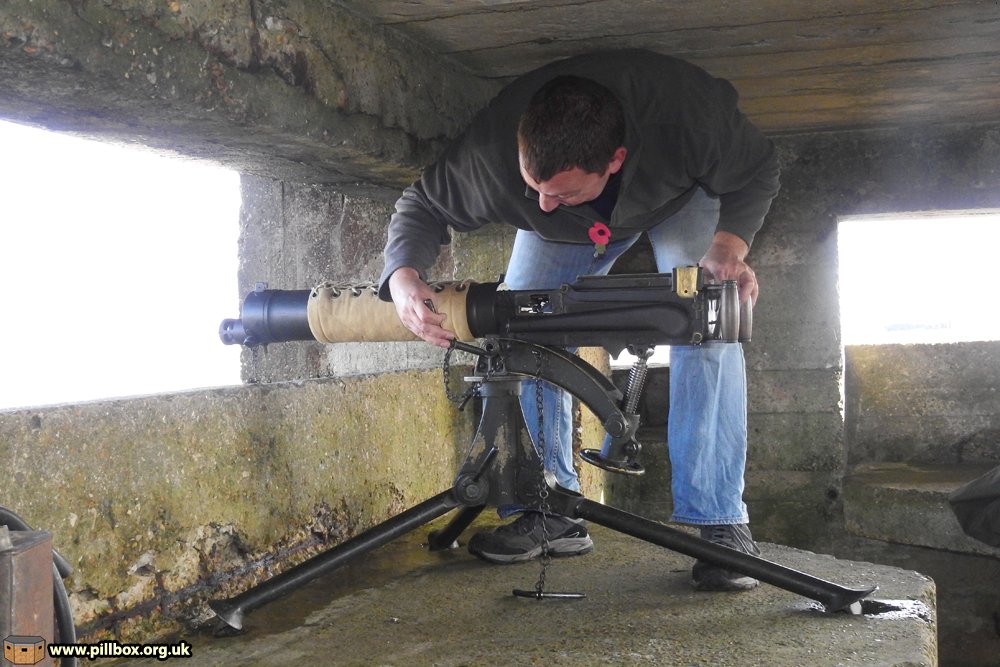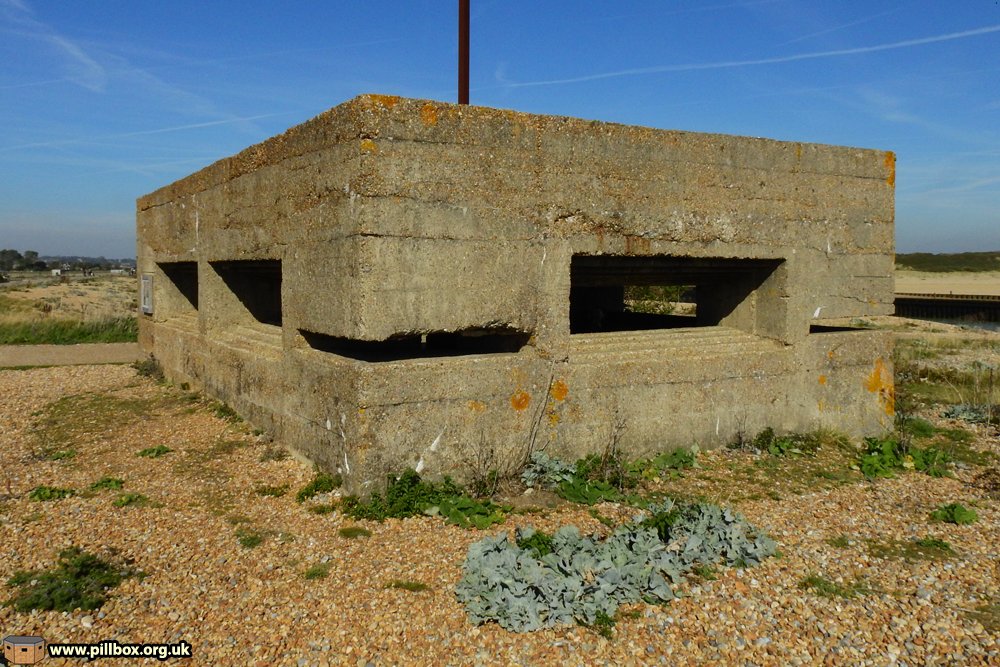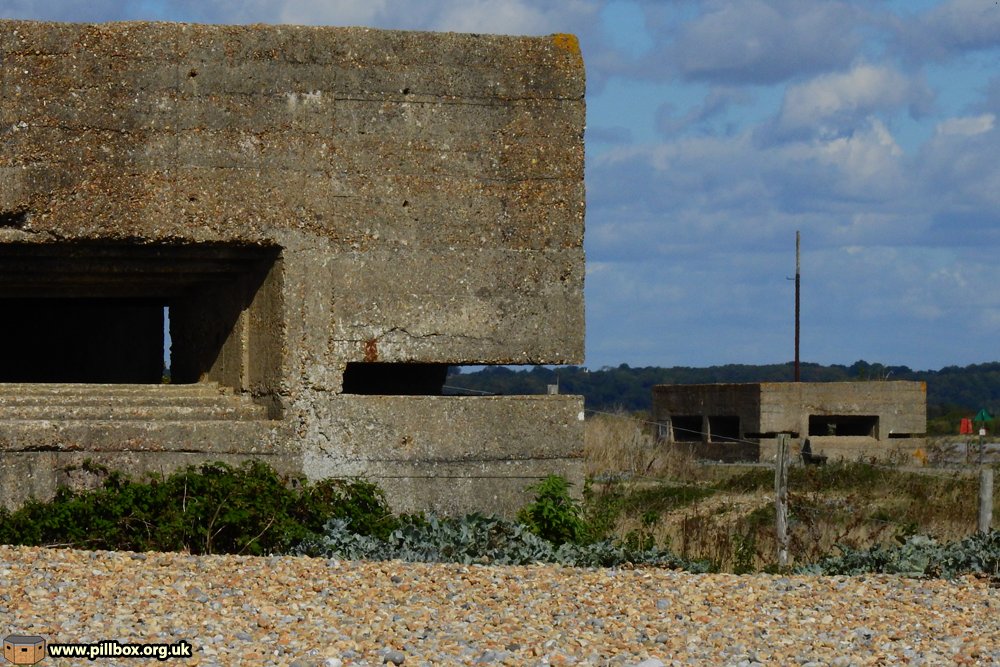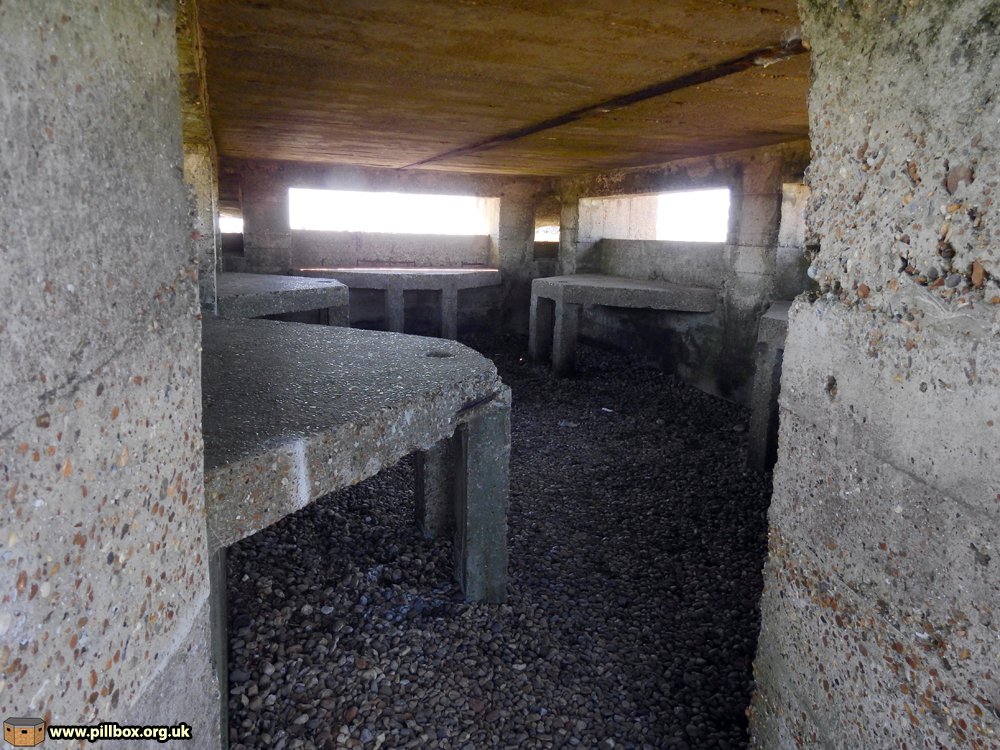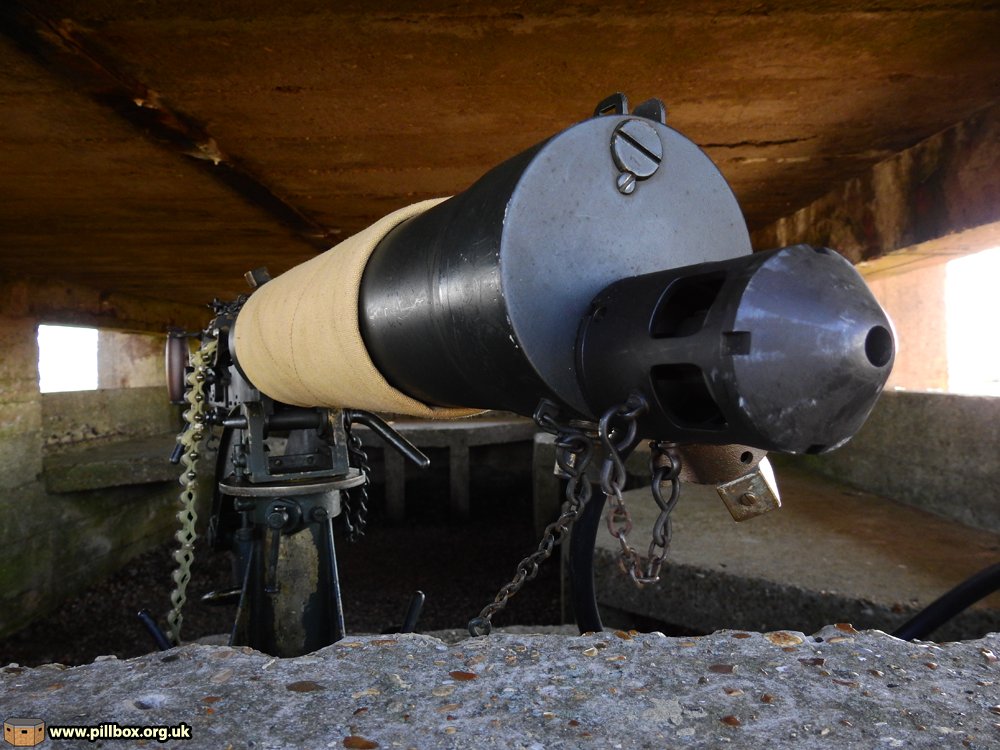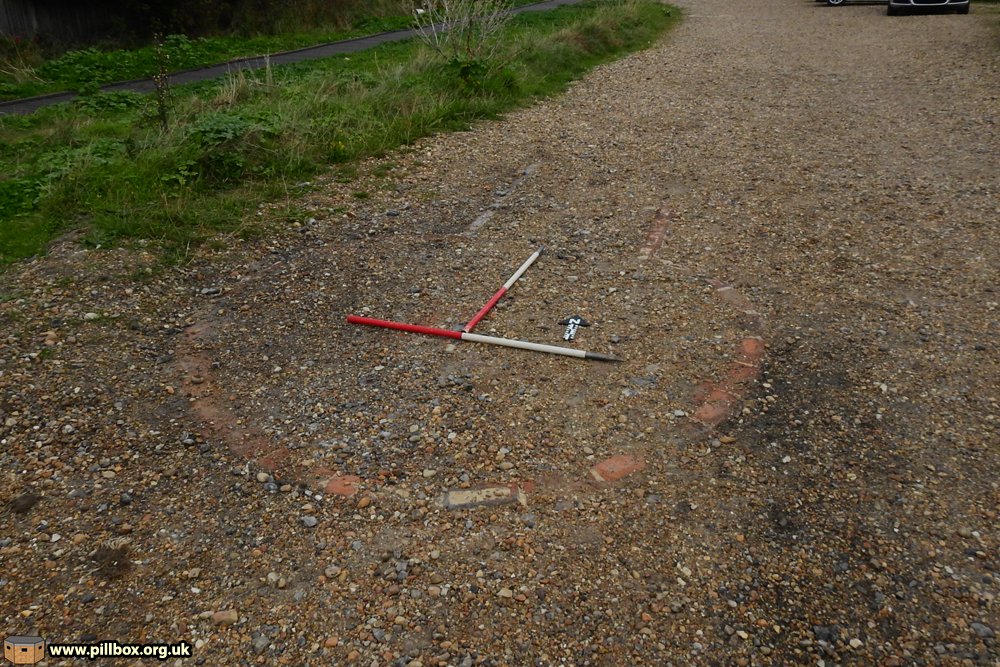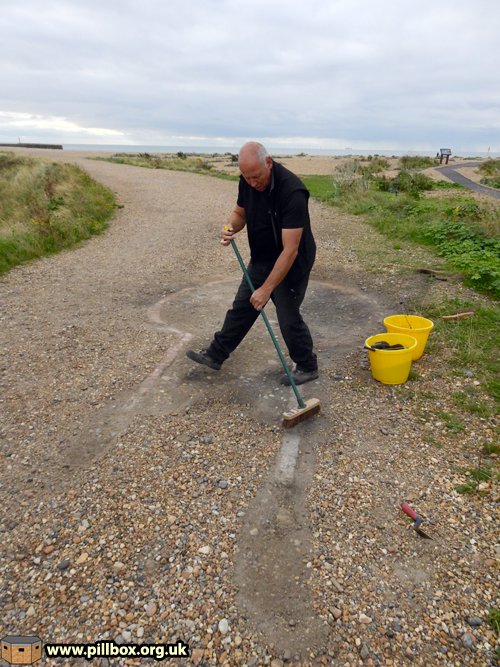
When I tweeted yesterday, I never dreamed that today would turn out to be such an epic voyage of discovery! My brain is still frazzled, so I'll add to this thread over the coming days as I untangle today's findings. #swwSussex 1/ 







This pillbox is one of many still extant as part of the defence of Rye and Winchelsea. It stands on private land; we had permission to visit. The tables are designed for the Vickers machine gun and are similar to those at Rye Harbour: 



https://twitter.com/sussexPillbox/status/13950837062563061782/




Armed with documents, we searched for supporting defence works; we found an earthwork cut into the river bank off to one flank. Most of the pillbox's embrasures were blocked up; this earthwork would've been in the line of fire otherwise. 3/ 



Also on private land is a Type 22 pillbox. Overlooking the River Brede, this forms part of the Royal Military Canal stop line. The high mound upon which it stands was the site of an old gun battery. The external blast wall is in danger of collapse. 4/ 



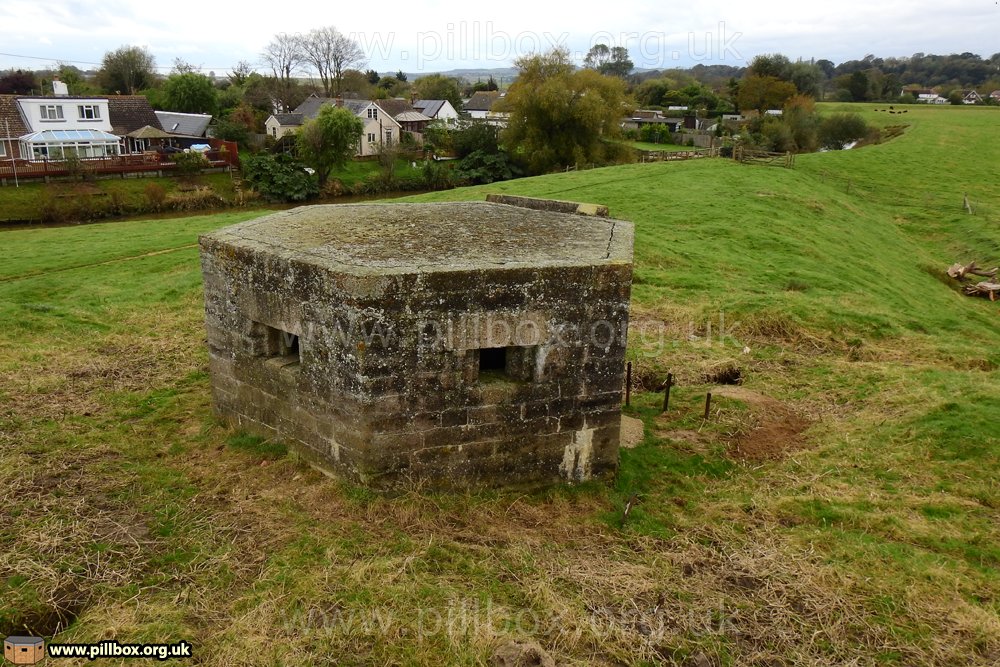



A close inspection of the embrasures shows they've been modified. The external surface was originally flat (as seen inside) but rough stepping has been chiselled out of the concrete blockwork to reduce ricochets. 5/ 







Archive research shows this pillbox is serial no. A3/7, but we also have a section post (for a section of 8-10 men) listed here. A quick search found some slit trenches; in June 1940 these were more for protection from bombardment, so where was the actual section post? 6/ 



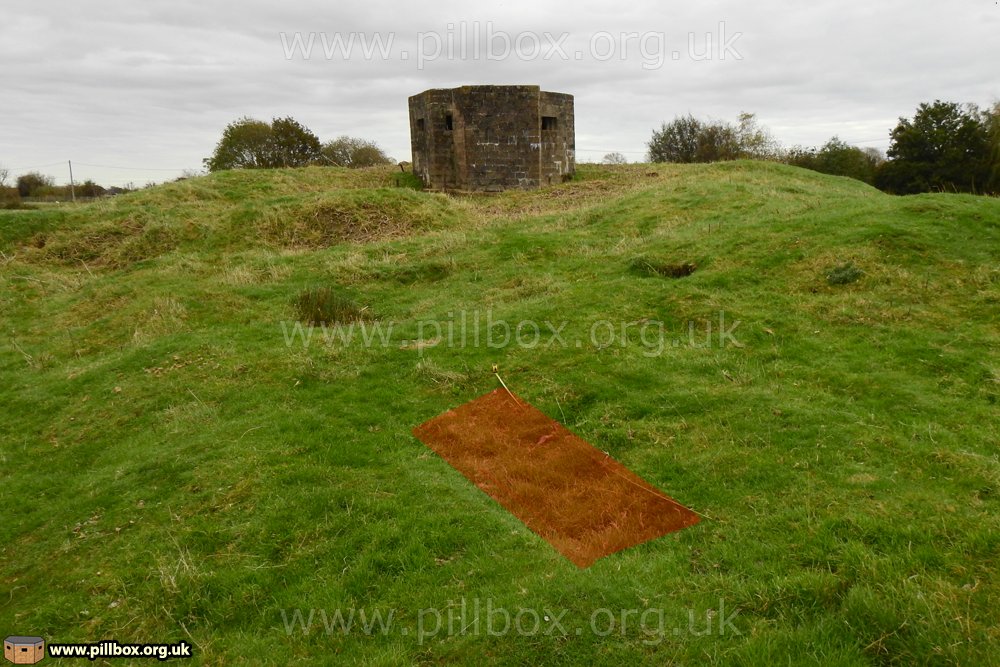

We quickly found the section post out on the flank - the floodbank had been excavated to create a section of crenellated fire trench. A rare find - and good to verify archive documents with the landscape! This in itself was amazing, but there was even more to come... 7/ 







The last three sites we visited were pillboxes, all of this design which is only seen in the Rye/Winchelsea area. I wrote about this design in my blog: pillbox.org.uk/blog/251725/ 8/ 







This pillbox has been partially demolished, possibly as an army training exercise. The four walls have been blown out yet the roof still stands, giving an idea of the punishment it could withstand. 9/ 







The damage does give us a very good idea of the construction techniques used though. Lengths of the local narrow gauge tramway were used to bolster the roof stanchions. Reinforcement was prefabricated welded mesh. 10/ 







A surprise met us in the next pillbox - it was being used for storage so we couldn't get in beyond the door. The owner is going to empty it soon and we'll be back to photograph the ceiling - as it has a range card painted on it! 11/ 





It's the only wartime range card I know of in East Sussex! I skewed the photo's perspective to flatten it out, but it's still hard to read the markings. Documents confirm that Company HQ ('CHQ') is actually 420 yds away! 12/ 



Our last stop was somebody's house - what lay behind the door down the steps in the kitchen?
A PILLBOX!
Currently used for storage, it's being renovated. (Photos posted with owner's permission). 13/



A PILLBOX!
Currently used for storage, it's being renovated. (Photos posted with owner's permission). 13/




Just inside the door we found the pillbox's serial number partly covered. I suspect it reads 3635/2 as I believe its neighbour was 3635/1. Again, a rare survival in a coastal pillbox as this wall is sheltered from the weather. 14/ 



The pillbox was built abutting the house, access via the yard, but a recent extension merged the two. What's absolutely fascinating about the extension is that the architect's 'blockhouse' design was actually inspired by the pillbox! 15/ 



This thread covers a single day in which we discovered some amazing features that have opened our eyes to new avenues of research. Any one of these discoveries on their own would make a great day! 16/ 







Thanks to the landowners & Barry @ryeharbour_NR for arranging! We'll be working with @ryeharbour_NR on a series of projects with some of these sites from next year, so watch this space! 17/17
https://twitter.com/sussexPillbox/status/1061352967863963650
• • •
Missing some Tweet in this thread? You can try to
force a refresh




